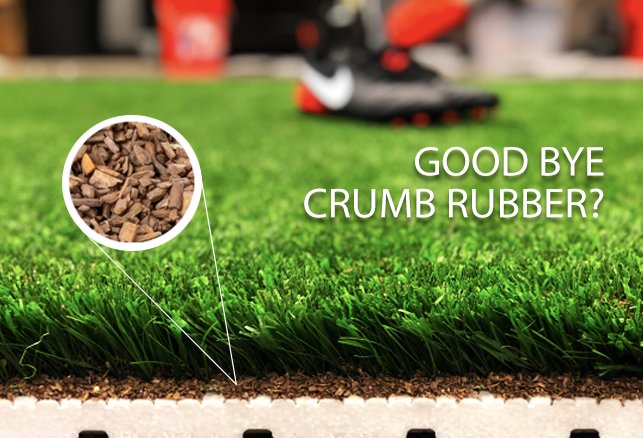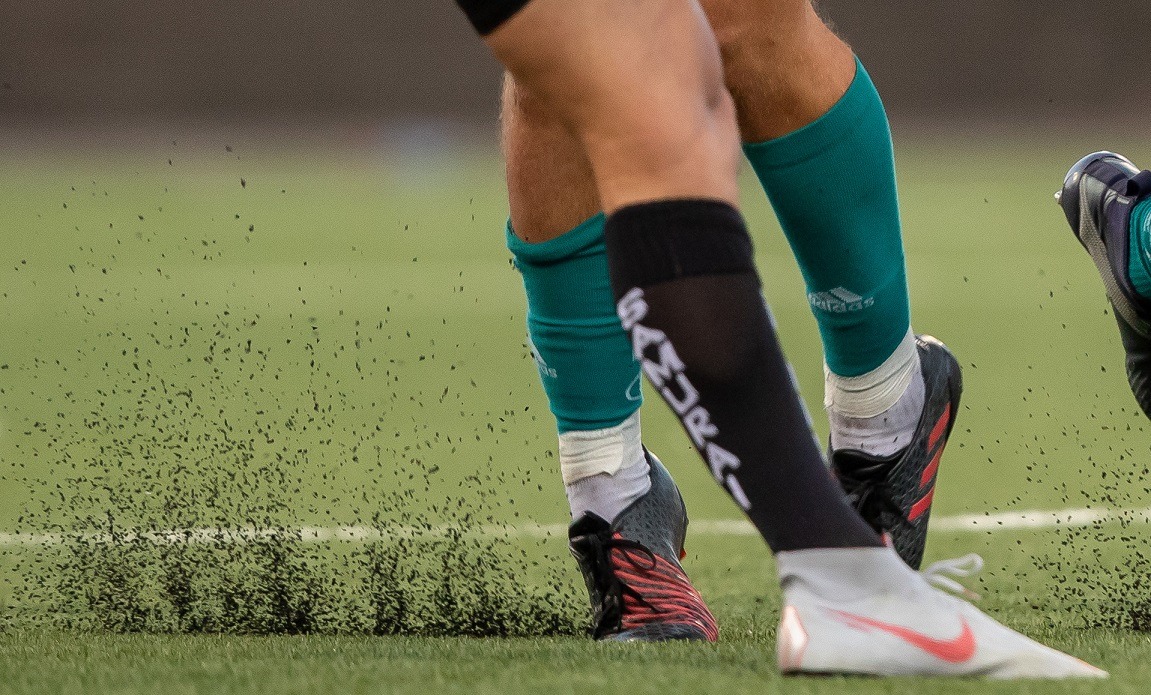Will European law changes impact synthetic pitches?
- 02/25/2021
It has been a while since the world became aware that the standard infill used in synthetic turf, recycled tyre crumb, or SBR as it is also known, is actually a microplastic, which is not good for the environment. Since then, there has been a move in Europe to ban the use of this material in pitches, which, if adopted, will become law and will change the way artificial grass fields are built.
The recommendations currently being discussed are a complete ban on microplastic infills from 2028, or, as most of the industry prefers, the acceptance of an industry driven self-regulation programme. This second option would mean a reduction in microplastics, better infill retention in the synthetic turf and a strict monitoring system to ensure best practice is followed.
If we take the most extreme shift from what we now do, it would be a ban on microplastics; which will mean alternative natural materials, such as cork or wood, being used instead. But these newer, natural infills are more expensive and also need a shock pad beneath the turf to provide the right sports performance. The extra cost of this new system can be justified in the improvement of the overall playing performance and safer pitches. The natural infills also assist in reducing heat and possible smell caused by the SBR type of infill. So, in summary, a complete ban could be a good thing for pitches, and a great environmental story; but comes at a price.
The option that bodies such as ESTC, a European trade association, are working towards, is to keep microplastics in the turf, through containment methods. This makes financial sense and is the favoured option of tyre recycling companies. If accepted, the amount of SBR infill in a pitch would reduce by at least 50%, but again to work, this would mean that a shock pad would be needed to ensure safety and sports standards are met. In some countries, such as Germany, shock pads are always used, but in the UK, the preference remains to avoid shock pads where possible, and use the SBR infill to deliver the sports performance.

This now throws up a dilemma for the UK pitch building market. Can the expensive, preferred methodology of using an engineered base, comprising of a tarmac layer over a stone base, work with either option? The simple answer is yes, but is it now the best option?
One of the key safety tests in World Rugby’s Regulation 22, measures the impact of a head hitting the surface. To meet this standard all synthetic turf rugby fields must have a shock pad to meet the HIC requirements. No pad equals no pass. It is also true that the HIC test delivers better results when the pad is laid onto a stone base, rather than the engineered option. This is why so many rugby fields are built on unbound stone bases. So, the logical question is, why use a tarmac base? It certainly does not add to the sports performance.
Returning to the ban or contain argument; if both options are more expensive, because a shock pad is now needed (like the rugby fields use), then to cover this extra cost, the type of base should change from the expensive engineered structure to a well-built unbound system.
Simple Maths shows that either option – a complete ban or a reduction in microplastics, is affordable once the cost of a macadam base is removed. The savings then allow a shock pad with either a reduced SBR infill or, the use of a natural material, such as the treated pine infill from Brock, to be used.

The winners in this scenario are undoubtedly the shock pad providers, and possibly companies like Brock, who will see greater acceptance of their new natural BrockFILL material. The losers will be the pitch investors, who will end up paying more for their pitch, unless they go down the route of choosing an unbound base. And if they do, the contractors who promote the use of macadam, will have to adapt to the new world.
The real winner, we hope will be the environment. Whilst there are many other forms of microplastic escaping into nature, we should do our bit and not add any more. If this means we change how we build and supply pitches, then it is something that must be done.





